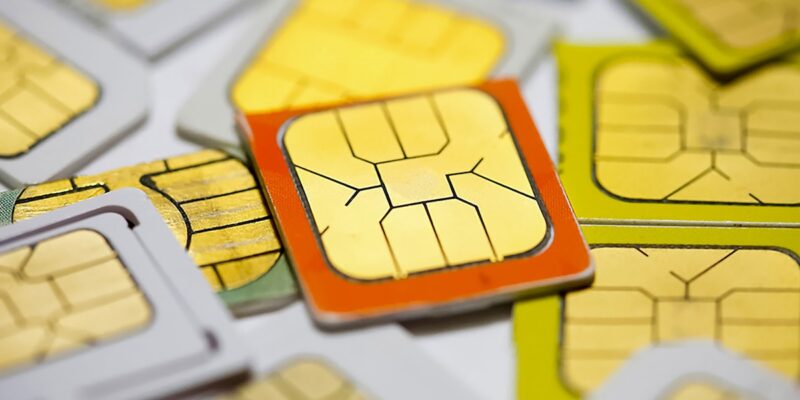In today’s hyper connected world, the Internet of Things (IoT) is transforming healthcare and industrial. IoT SIM cards provide seamless connectivity and data sharing for linked devices, fuelling this transformation. But not all IoT SIM cards are the same. We examine difference in iot sim cards, characteristics, and uses in this post.
eSIM (Embedded SIM)
In contrast to standard SIM cards, eSIMs are incorporated into devices during production, removing the need for physical cards. This technology allows devices to swap networks remotely, increasing flexibility and scalability. eSIMs are perfect for IoT devices that need frequent network switches or international roaming. They also ease logistics and cut expenses by allowing remote SIM provisioning.
Multi-Network SIM Cards
Global SIM cards, also known as multi-network SIM cards, allow access to different cellular networks with a single SIM card. Mobile connectivity is guaranteed in different locations with these SIM cards’ automated connection to the strongest network. Multi-network SIM cards are ideal for IoT applications that need reliable coverage across regions or in remote areas with variable network availability.
LPWAN SIM Cards
LPWAN SIM Cards were created for IoT devices that require low power consumption and long-range communication. LoRaWAN and Sigfox are perfect for smart agriculture, environmental monitoring, and asset tracking since they can send little amounts of data over great distances. Remote or hard-to-reach IoT deployments benefit from LPWAN SIM cards’ prolonged battery life and low cost.
Narrowband IoT (NB-IoT) SIM Cards
Designed for devices with low data rates and improved indoor coverage. Third Generation Partnership Project (3GPP)-standardized NB-IoT cellular technology supports smart cities, smart meters, and industrial monitoring. NB-IoT SIM cards are suitable for urban and indoor installations because to their spectrum efficiency and building penetration.
Satellite IoT SIM Cards
In remote or isolated places, satellite IoT SIM cards offer connectivity when standard cellular networks are unavailable. Global coverage from satellite communication infrastructure makes these SIM cards essential for maritime tracking, oil and gas development, and emergency response. Satellite IoT connectivity is more expensive than terrestrial networks, but it provides unmatched reach and reliability in remote places.
Private Network SIM Cards
Private network SIM cards provide better security and control over connectivity in closed or dedicated networks. Industrial, smart campus, and critical infrastructure employ these SIM cards for data privacy and network isolation. Private network SIM cards let companies design unique IoT solutions while owning and managing the network infrastructure.
Conclusion
Finally, the IoT connectivity landscape is broad and diversified, offering several possibilities to fulfil the needs of different IoT applications. IoT SIM cards range from regular to eSIMs to LPWAN, each with its unique characteristics and capabilities. Companies can choose the proper IoT connectivity solution to fuel their digital transformation and uncover new development and innovation opportunities by understanding the pros and cons of each choice.














Comments